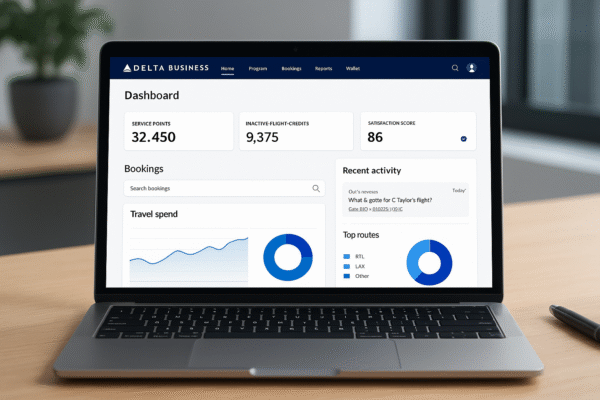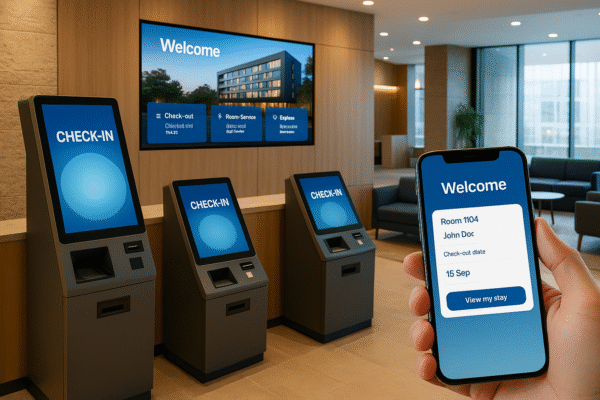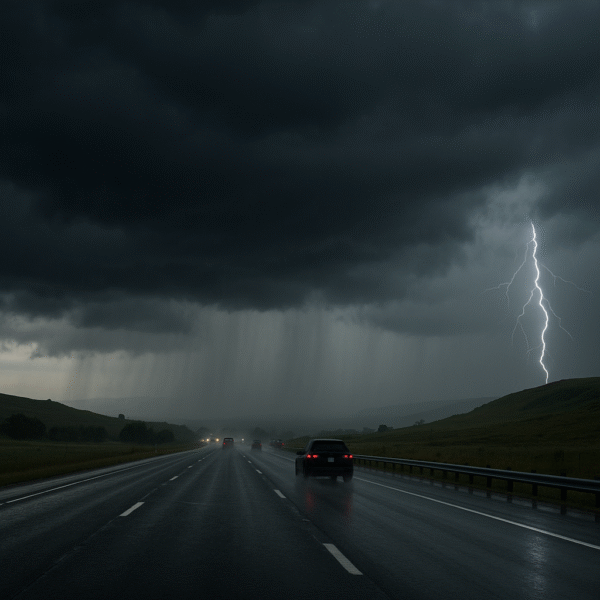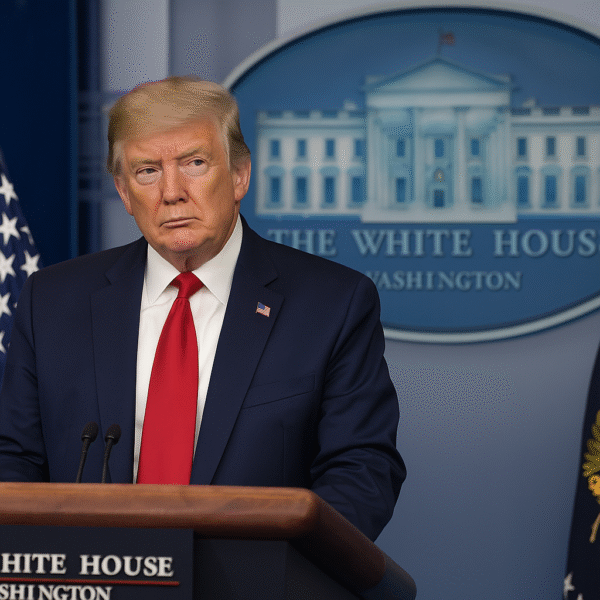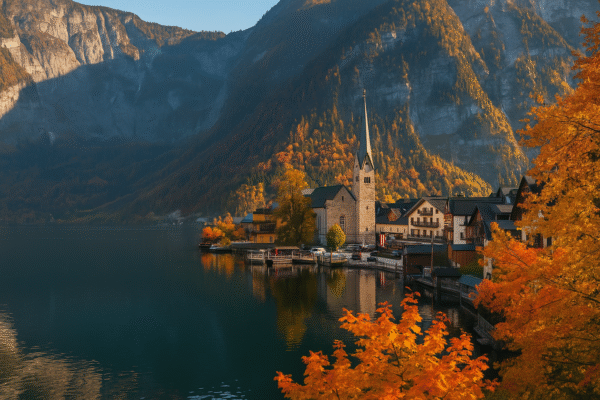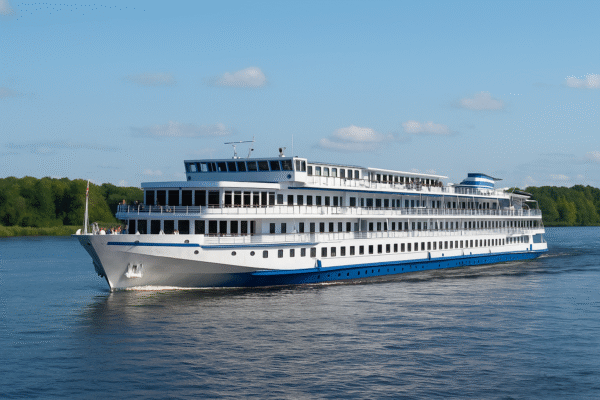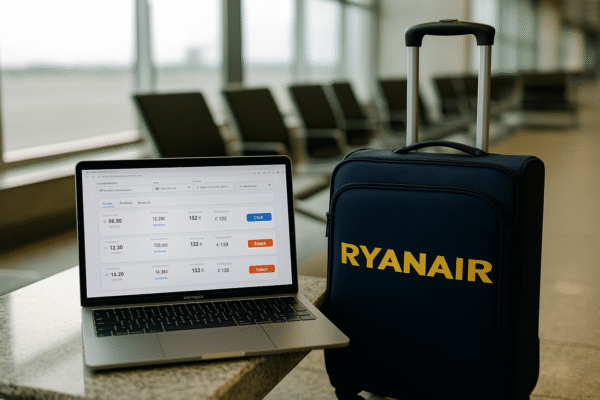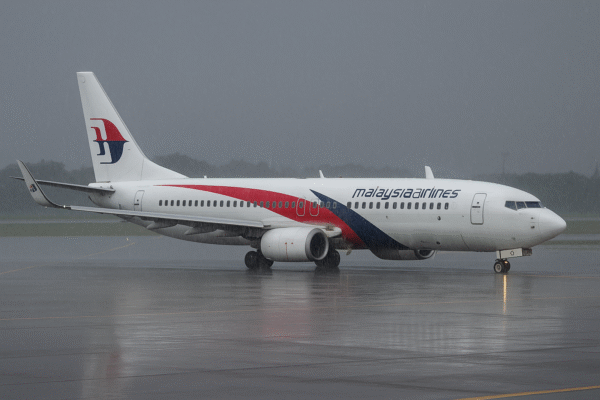A Sea Change in Indian Tourism
Cruise tourism in India is no longer a niche reserved for the elite. Over the last decade, the sector has transformed into one of the country’s most promising travel markets. Thanks to government initiatives, infrastructure upgrades, and growing traveler interest, cruising has become a mainstream option for families, millennials, and international visitors alike.
The Cruise Bharat Mission, a flagship initiative, is at the heart of this transformation. By supporting port development, easing policies, and promoting India as a cruise hub, the mission is positioning the country to tap into a market projected to nearly double by 2030.
The Rise of Inland Cruises: MV Ganga Vilas
A highlight of India’s cruise revival is the MV Ganga Vilas, the world’s longest river cruise. Launched in 2023, the luxury vessel travels across northern and eastern India, offering passengers a unique mix of culture, spirituality, and natural beauty. With 14 voyages completed so far, the ship has drawn both domestic and international travelers eager to explore India’s rivers.
The success of MV Ganga Vilas reflects broader improvements led by the Inland Waterways Authority of India (IWAI). Investments in dredging, passenger terminals, and navigation systems are making inland waterways more attractive for long-distance leisure travel. River cruising, once an overlooked segment, is now a growing part of India’s tourism offering.
Impressive Growth Numbers
India’s cruise tourism statistics tell a story of rapid expansion. In the fiscal year 2023–24, the country welcomed 471,000 cruise passengers, with projections to reach 1 million by 2029. The Indian cruise market, valued at USD 139 million in 2024, is expected to almost double to USD 323 million by 2030, growing at a compound annual rate of 15 percent.
Cruise calls have risen sharply too. In 2013, India recorded just 102 calls, while by 2023 the number had surged to 479. This increase highlights both the rising demand from passengers and the growing capacity of Indian ports to handle larger vessels.
Domestic and Global Voyages
Cruise culture in India is expanding along two tracks: domestic voyages and international routes.
- Domestic cruises include popular short-haul itineraries like the Mumbai–Goa route and luxury voyages along India’s western coast. Plans for religious cruises, such as a Haj pilgrimage sailing, are being developed to blend cultural heritage with modern travel.
- International cruises are drawing Indian travelers to destinations like Southeast Asia, the Mediterranean, Alaska, and Australia. Regional stops in Phuket and Penang are especially popular among Indian tourists seeking 3–5 day itineraries.
The fly-cruise model has been a game-changer, allowing travelers to fly to ports abroad and board global cruise lines. This model has opened access to exotic itineraries once out of reach for Indian travelers.
A Generational Shift in Travelers
A new generation is steering India’s cruise market forward. Millennials and Gen Z are driving demand, preferring immersive experiences such as wellness cruises, music festivals at sea, and wildlife expeditions. Many are drawn to the all-inclusive nature of cruising, which combines accommodation, entertainment, and food into a single package.
At the same time, multigenerational families are embracing cruises as a way to travel together comfortably. The sector is also seeing growth in MICE tourism (Meetings, Incentives, Conferences, and Exhibitions), with cruises doubling as venues for corporate events and team-building programs.
For seasoned travelers, expedition cruises and small-ship journeys are gaining momentum. Polar regions such as Antarctica and Svalbard are emerging as aspirational destinations for Indian cruise connoisseurs.
Domestic Luxury and Cultural Cruises
Operators like Cordelia Cruises are playing a key role in developing short-haul luxury options that appeal to India’s middle class. Voyages such as Mumbai–Goa are in high demand, while upcoming cultural and pilgrimage cruises are helping integrate traditional values with modern leisure.
This shift shows that cruises in India are no longer seen as one-time luxuries. They are becoming regular holiday choices for families and groups, boosting domestic tourism and strengthening local economies in port cities.
Challenges on the Horizon
Despite strong growth, challenges remain. Many secondary ports still lack the infrastructure to support cruise operations efficiently, and bottlenecks in customs and immigration can affect passenger experience. Environmental sustainability, particularly waste management, is another area requiring attention.
Global uncertainties also impact India’s cruise industry. For instance, geopolitical tensions in the Red Sea recently caused a decline in ship calls at Mangalore Port, underlining the need for diversified routes and resilient planning.
India’s Maritime Moment
India’s cruise tourism sector is standing at the threshold of a breakthrough. The Cruise Bharat Mission and investments in port modernization are laying the foundation for long-term growth. With rising demand, expanding domestic options, and international connectivity, India is on track to emerge as a cruise tourism powerhouse in Asia.
The future is clear: the blue economy is becoming a key driver of India’s tourism and maritime strategies. Every successful voyage, from the MV Ganga Vilas on the Ganges to luxury liners docking in Mumbai, brings India closer to its vision of a thriving, globally connected cruise industry.
For more travel news like this, keep reading Global Travel Wire


